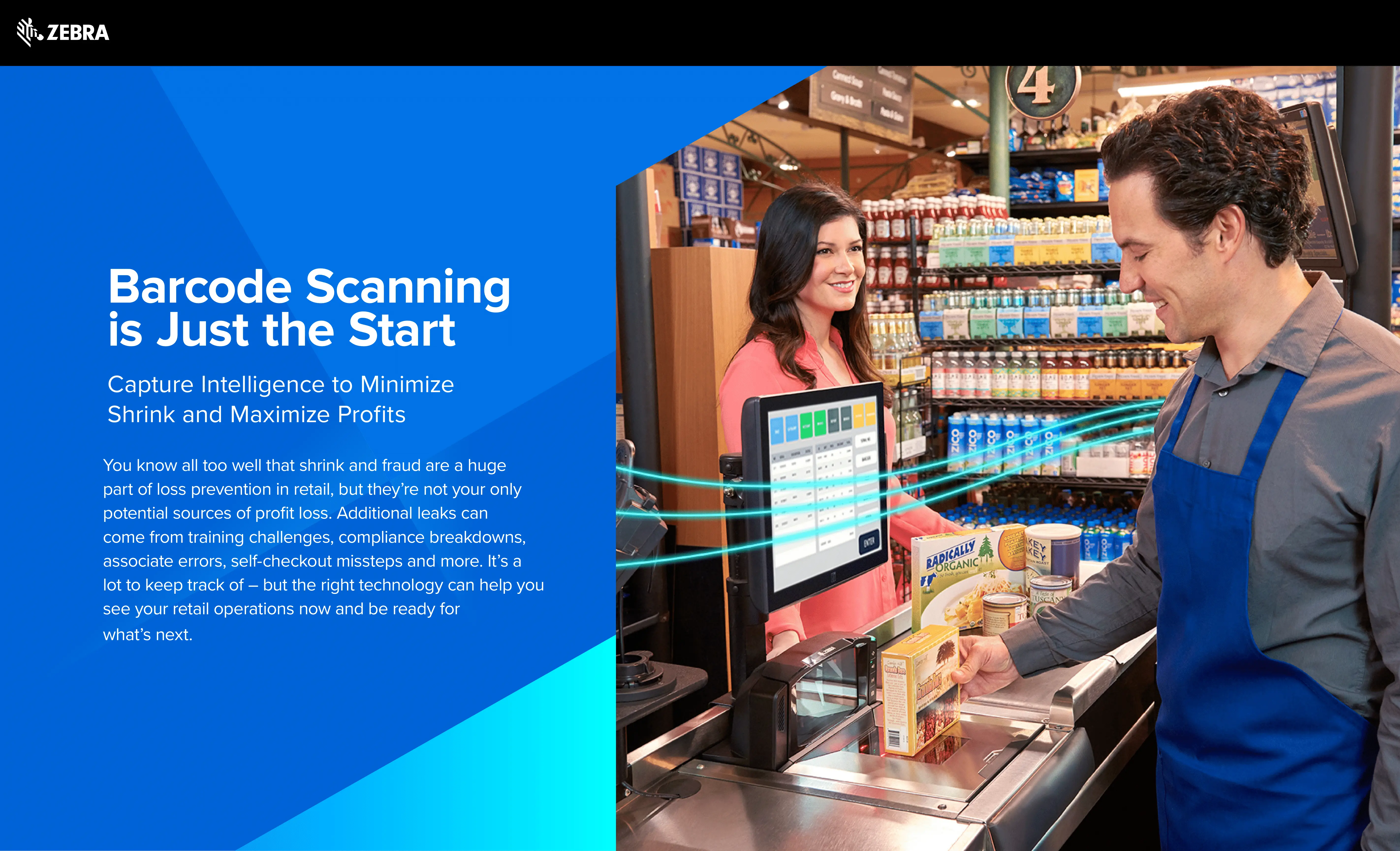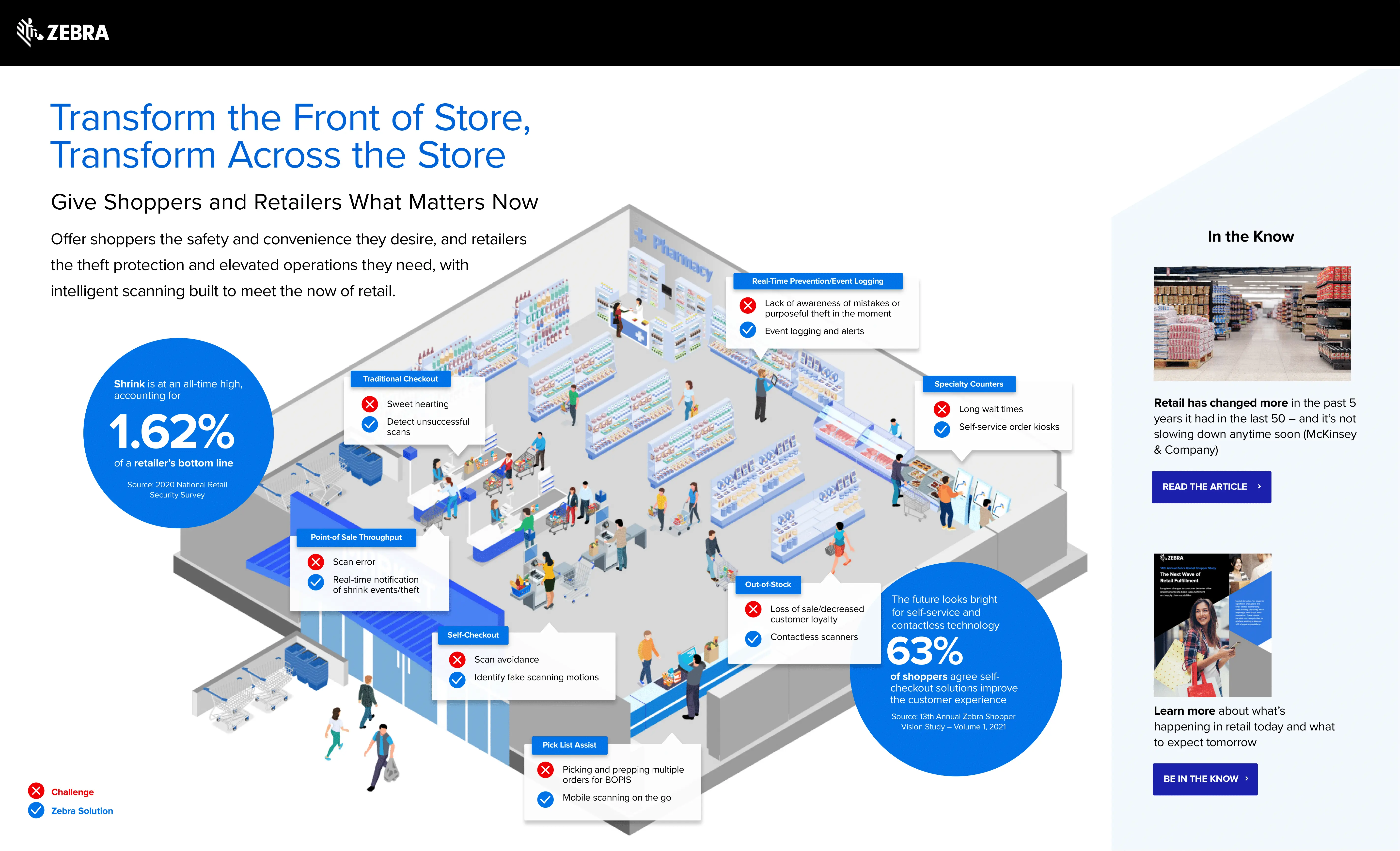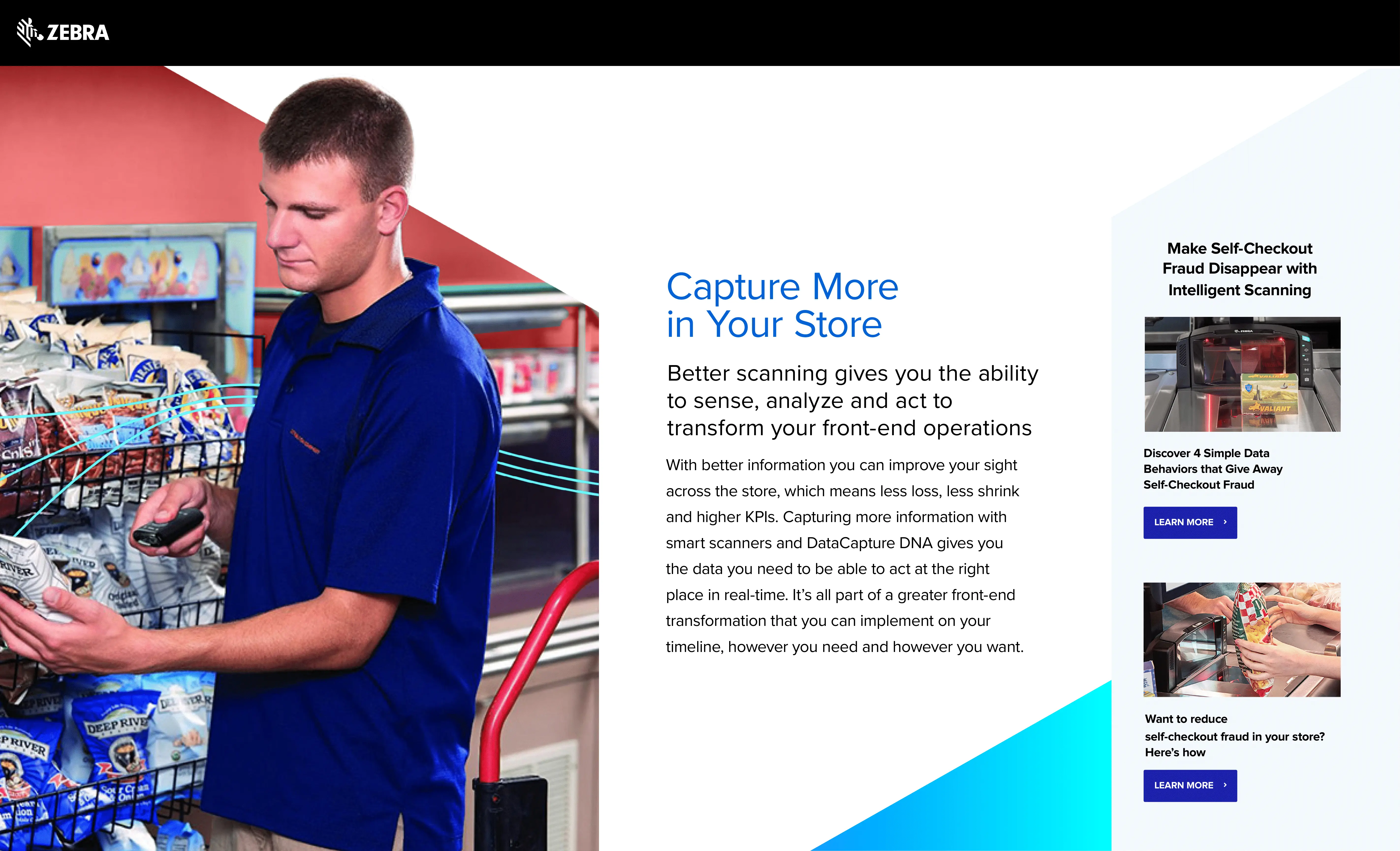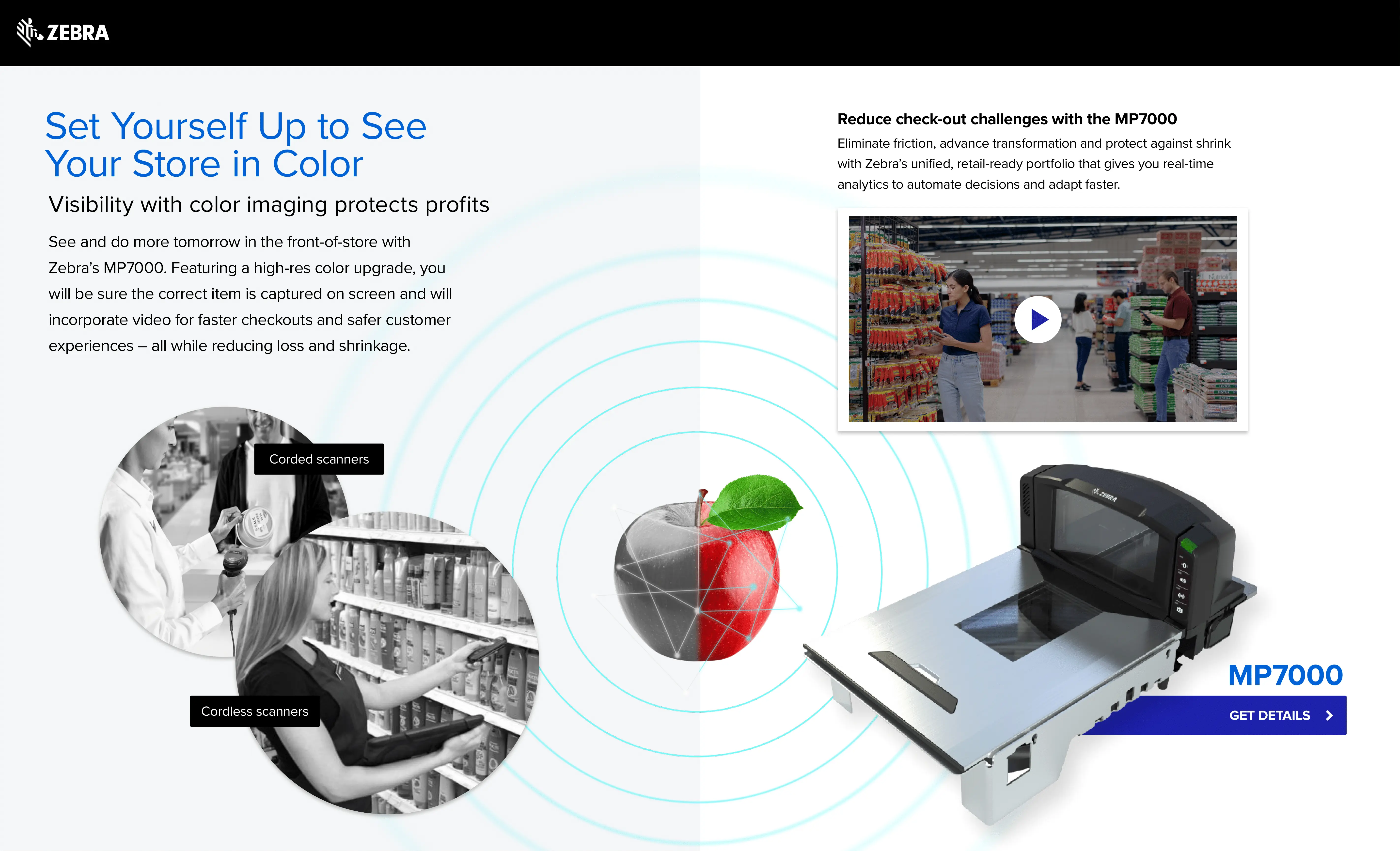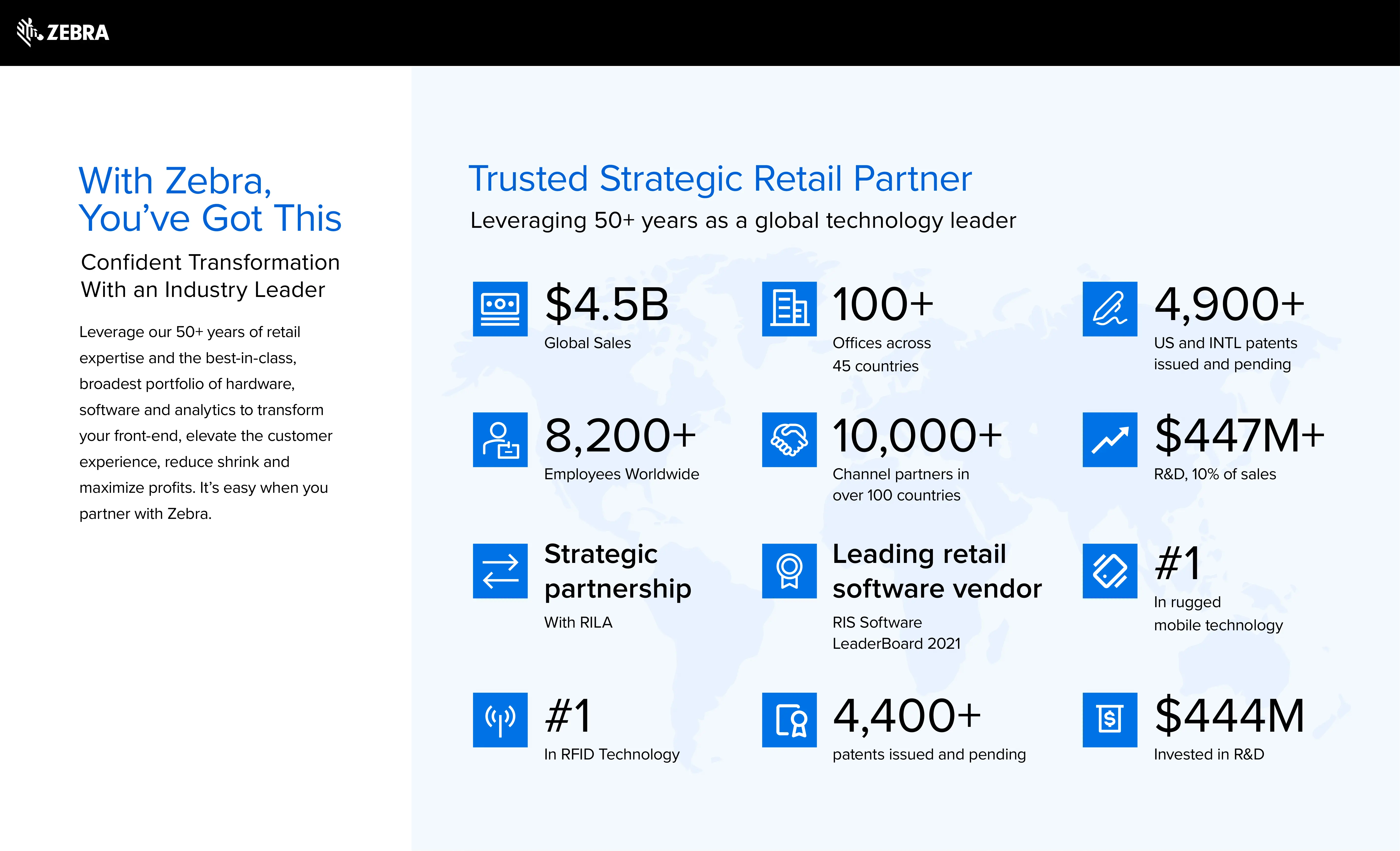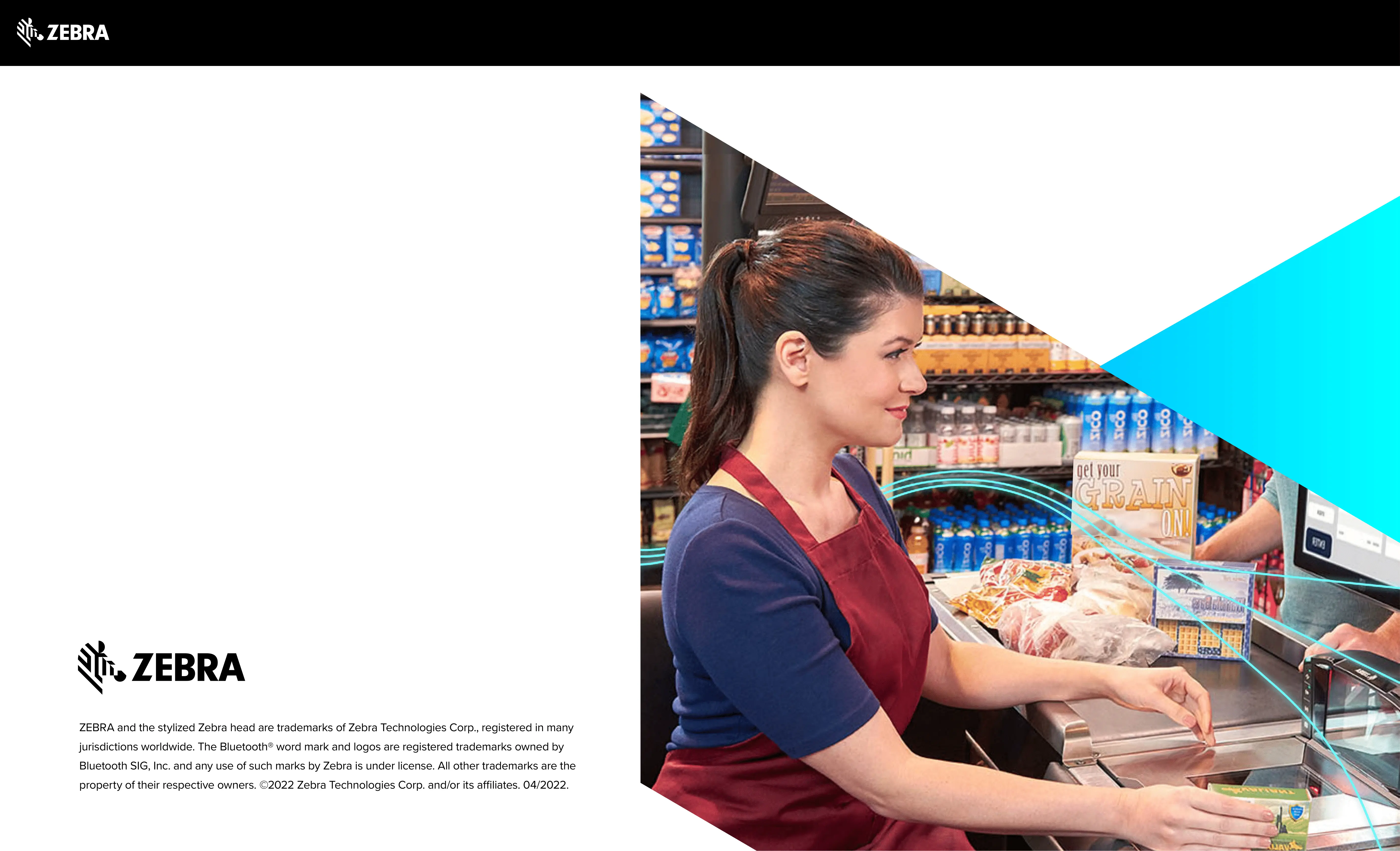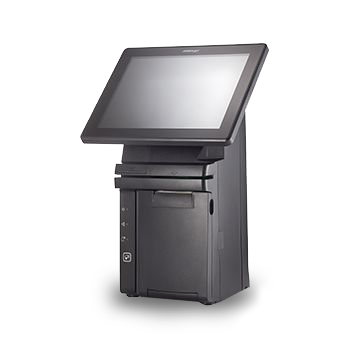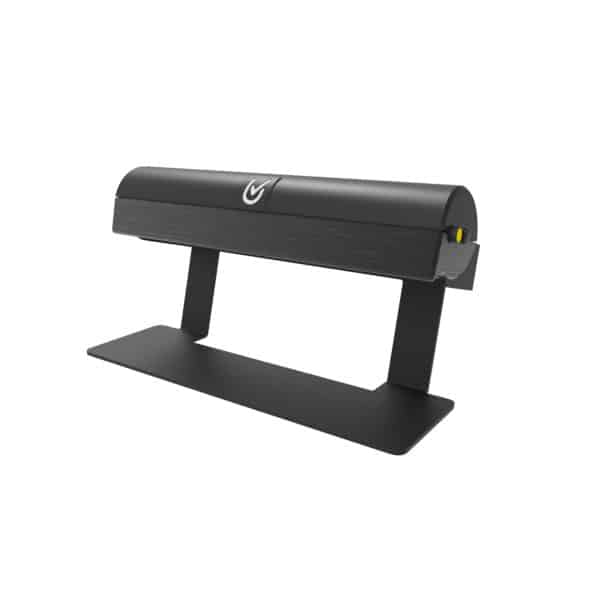Zebra Retail Scanner Vision Flipbook
Zebra Retail Scanner Vision Flipbook
Retail shrinkage and fraud pose ongoing operational challenges that impact the bottom line in many forms. Traditional issues like shoplifting and employee theft are now compounded by more sophisticated forms of fraud, including cyber-related crimes and return scams. To effectively manage these concerns, retailers are turning to advanced data capture solutions. These technologies are pivotal in identifying, mitigating, and preventing both known and unknown profit leaks, allowing retailers to adapt to emerging threats. This blog explores the role of data capture technology in combating retail shrink and preparing businesses for future challenges.
Understanding the Scope of Shrink and Fraud
Retail shrink encompasses various forms of loss, including theft, administrative errors, and supply chain inefficiencies. According to industry reports, retail businesses lose billions annually due to shrinkage. With profit margins often tight, even a small percentage of loss can significantly impact profitability. As the retail landscape evolves, the methods of shrink and fraud also become more sophisticated, requiring equally advanced countermeasures.
The Evolution of Data Capture Technologies
Data capture technology has grown from basic barcode scanning to include RFID (Radio Frequency Identification), advanced POS (Point of Sale) systems, and sophisticated surveillance technologies. These tools offer comprehensive monitoring capabilities that go beyond mere transaction recording, providing insights into inventory movement, customer behavior, and potential security breaches.
RFID Technology: RFID tags are powerful tools for inventory management, offering item-level visibility throughout the supply chain. This visibility is crucial for detecting discrepancies early and accurately, whether they occur at the warehouse, during transit, or on the store floor.
Advanced POS Systems: Modern POS systems integrate scanning and inventory management to ensure that sales data aligns with stock levels in real time. This integration helps identify patterns that might indicate fraudulent activities, such as unusual transaction volumes or refund rates.
Surveillance Technologies: Enhanced video analytics can identify suspicious behavior and track the movement of goods within a store. When combined with data from other sources, such as POS systems, these technologies can help pinpoint specific instances of theft or fraud.
Reducing Errors and Increasing Efficiency
Human errors in inventory and checkout processes can inadvertently contribute to shrink. Advanced data capture systems reduce these errors by automating data entry and ensuring high accuracy in inventory tracking and customer transactions. For instance, scanner-enabled POS systems minimize the risk of miskeying prices or quantities, which not only prevents profit loss but also enhances customer trust by ensuring pricing accuracy.
Leveraging Data for Strategic Decisions
The data collected through advanced capture technologies is a valuable resource for strategic decision-making. Analytics can reveal trends and patterns in shrinkage, helping retailers to allocate resources more effectively—whether it’s enhancing security measures, adjusting store layouts, or providing targeted employee training.
Preparing for the Future
As retailers face a future where both the physical and digital realms are intricately linked, the ability to quickly adapt to new technologies becomes crucial. Integrating AI and machine learning with existing data capture systems could provide predictive insights, offering forecasts of potential shrinkage and fraud activities based on historical and real-time data. This proactive approach not only addresses current issues but also prepares retailers for emerging challenges.
Conclusion
Effective management of retail shrink and fraud through advanced data capture solutions is not just about stopping losses; it’s about setting up a robust system that evolves with changing retail dynamics. By embracing these technologies, retailers can enhance their operational efficiency, improve profit margins, and stay ahead in a competitive market. As retail continues to evolve, staying updated with the latest in data capture technology will be key to managing shrinkage and preparing for future challenges.
By Pos Qatar
MP7000 Infographic
